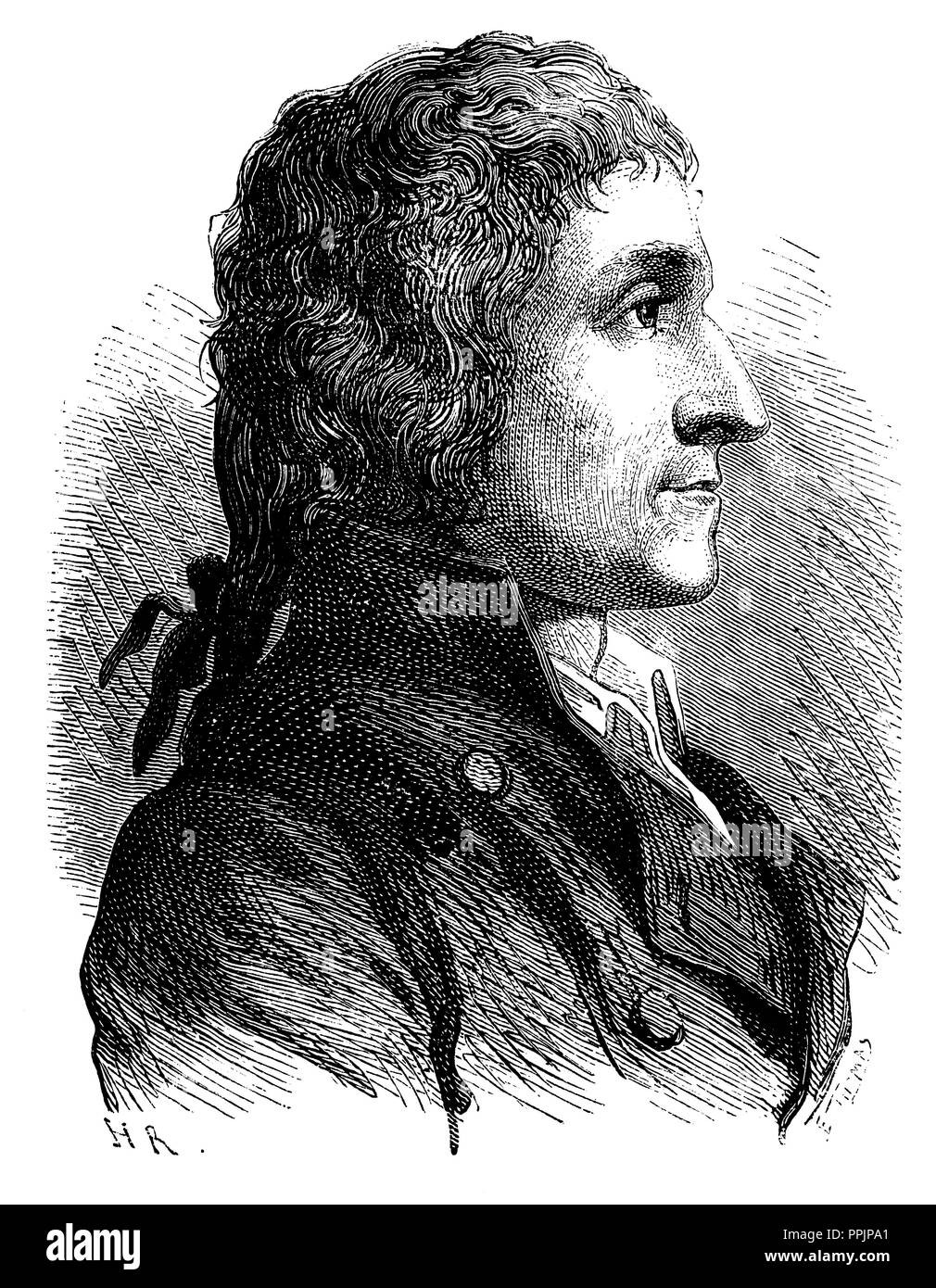
Joseph Louis Proust (17541826), French chemist. Engraving, 1873 Stock
Proust's description is, of course, the spiritual heir to the memorial repetition made famous by William Wordsworth. In Lines Composed Above Tintern Abbey, Wordsworth explains that the first impressions of the natural setting are hard to make sense of. With a return to the site, however, memory allows a depth of perception that affords insight.

PPT Law of Definite Proportions and Law of Multiple Proportions
Joseph-Louis Proust, (born Sept. 26, 1754, Angers, France—died July 5, 1826, Angers), French chemist who proved that the relative quantities of any given pure chemical compound 's constituent elements remain invariant, regardless of the compound's source.

Joseph Louis Proust YouTube
Joseph Proust Joseph Louis Proust (26 September 1754 - 5 July 1826) was a French chemist. Read more on Wikipedia Since 2007, the English Wikipedia page of Joseph Proust has received more than 247,671 page views. His biography is available in 39 different languages on Wikipedia (up from 36 in 2019).

Joseph Louis Proust Stock Image C020/8128 Science Photo Library
1754-1826 French chemist famous for discovering the law of constant proportions, or Proust's law, according to which pure samples of a compound always contain the same elements in definite proportions.
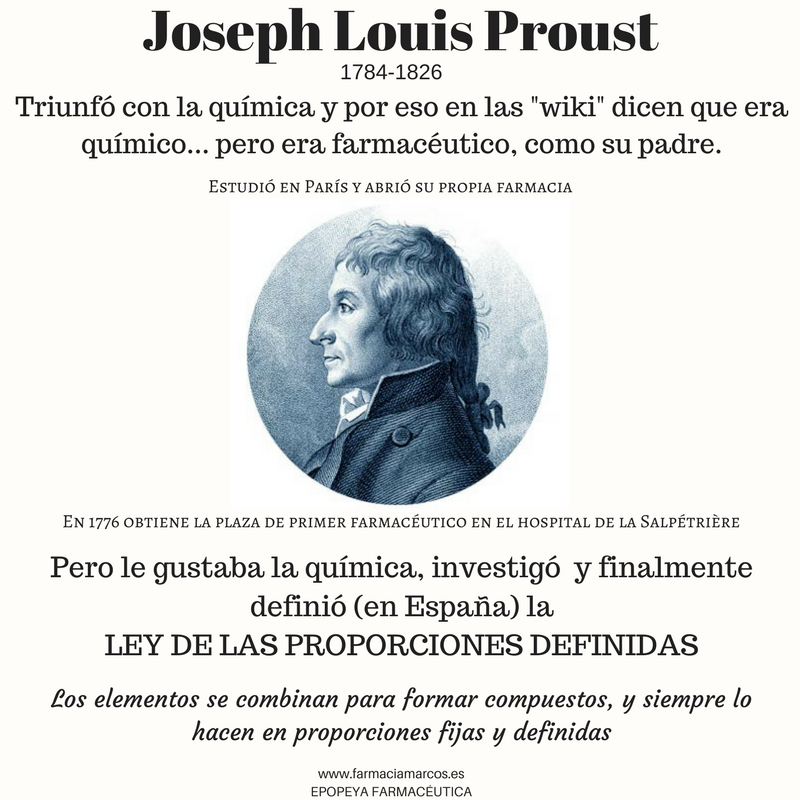
Bibliografia De Joseph Louis Proust abstractor
Joseph Louis Proust (1754—1826) French analytical chemist Quick Reference (1754-1826) French chemist Proust was born the son of an apothecary at Angers in northwest France. He studied in Paris and became chief apothecary at the Saltpêtrière Hospital.

Portrait of Joseph Louis Proust posters & prints by Corbis
A Young Chemist Joseph L. Proust was born on September 26, 1754 in Angers, France as the second son of Joseph Proust, an apothecary, and Rosalie Sartre. Joseph studied chemistry in his father's shop and later came to Paris, where he studied chemistry with Hilaire-Martin Rouelle.

Joseph louis proust project
Joseph Proust (1754-1826) formulated the law of definite proportions (also called the Law of Constant Composition or Proust's Law), which states that if a compound is broken down into its constituent elements, the masses of the constituents will always have the same proportions, regardless of the quantity or source of the original substance.
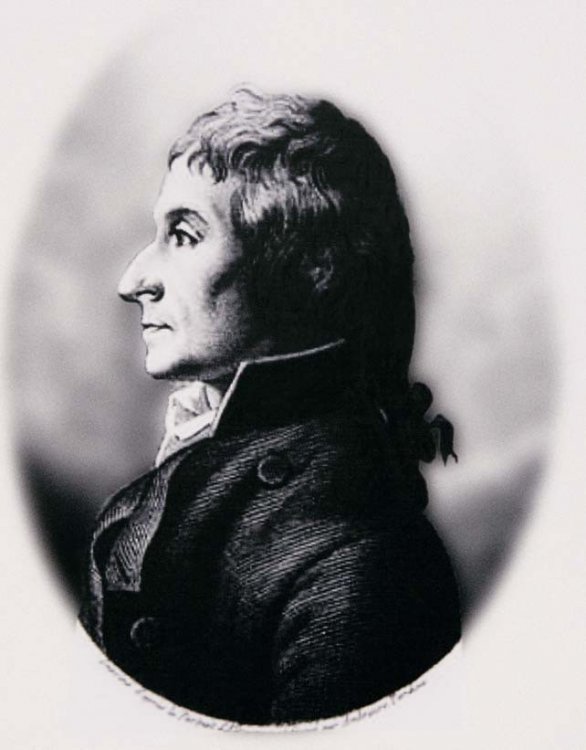
Joseph Louis Proust, uno de los fundadores de la química moderna
Joseph Louis Proust, a French chemist working in Spain, was born Sep. 26, 1754. In 1794, Proust published a paper, "Researches on Prussian blue," in which he first set down the law of definite proportions, or Proust's law, as it is commonly known.

PPT Chemistry Unit 3 PowerPoint Presentation, free download ID392055
Angers, 5 July 1826) chemistry. The second son of Joseph Proust, an apothecary, and Rosalie Sartre, Proust received his early education under the supervision of his godparents and continued it at the local Oratorian collège. He was then apprenticed to his father, to study pharmacy and to succeed him.
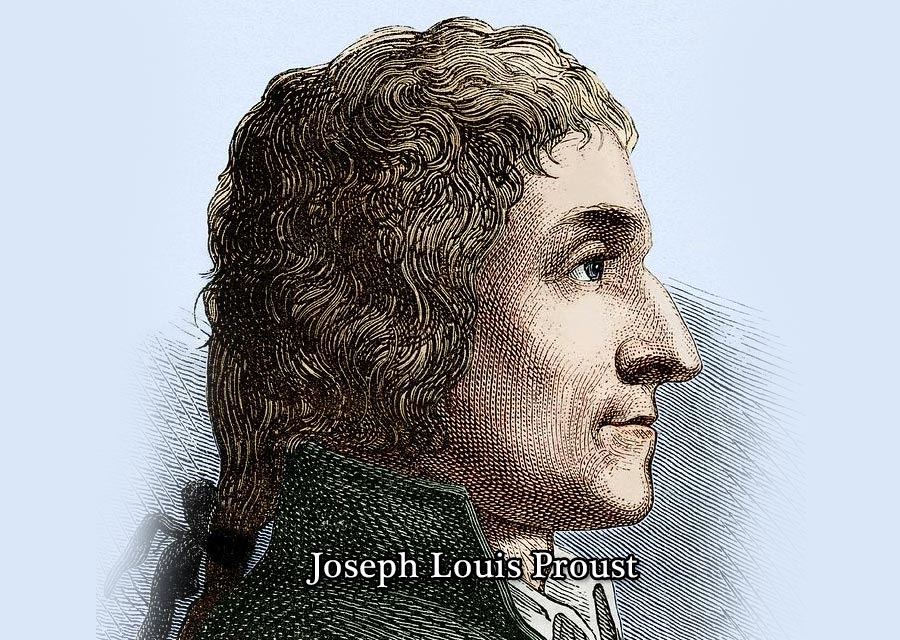
Joseph Louis Proust no Ache Artigos
The Law of Definite Proportions. Joseph Proust (1754-1826) formulated the law of definite proportions (also called the Law of Constant Composition or Proust's Law).This law states that if a compound is broken down into its constituent elements, the masses of the constituents will always have the same proportions, regardless of the quantity or source of the original substance.
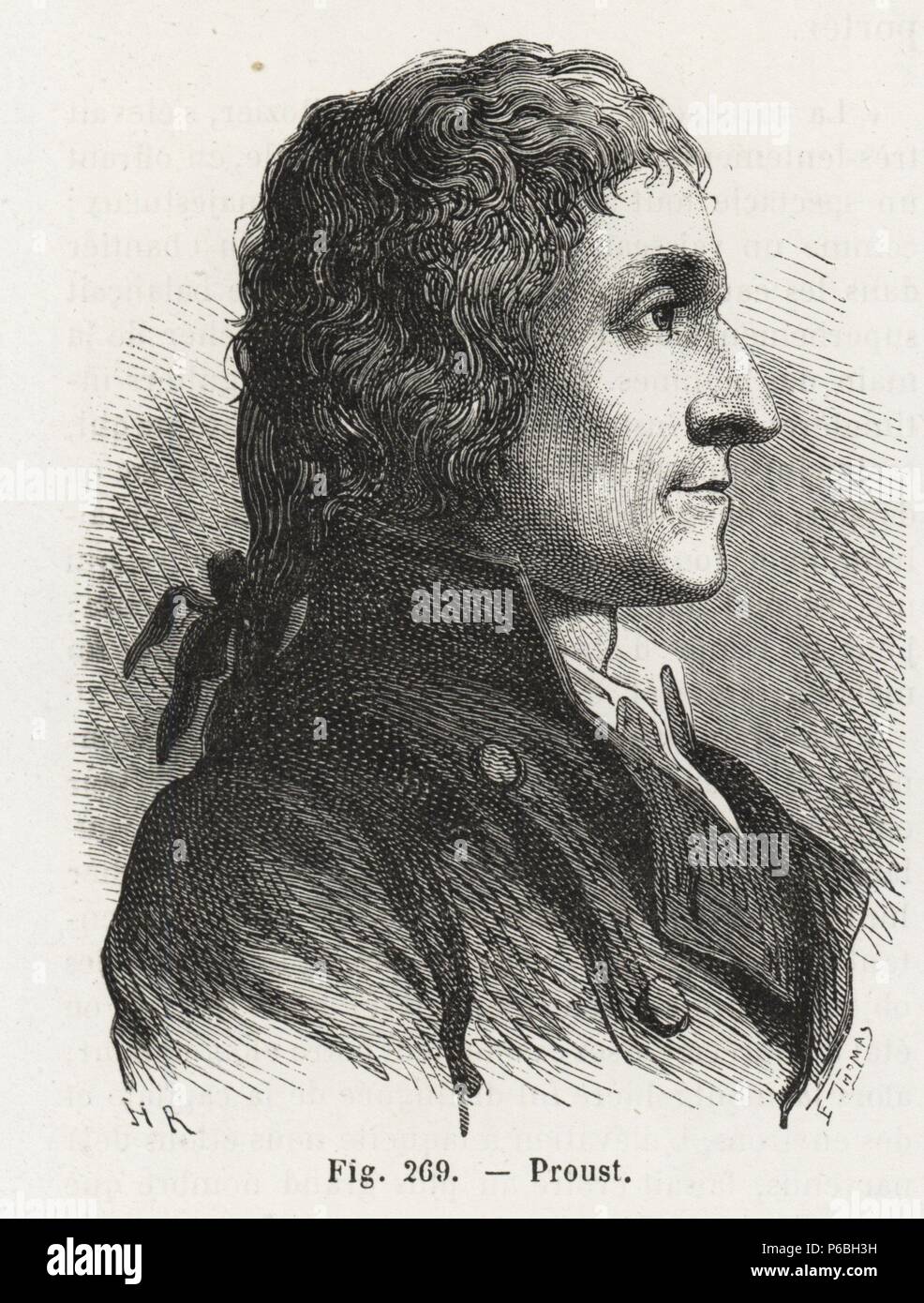
Joseph Proust, French chemist and balloonist. Woodblock engraving by H
The law of definite proportion was given by Joseph Proust in the Spanish city of Segovia in 1797. [2] This observation was first made by the English theologian and chemist Joseph Priestley, and Antoine Lavoisier, a French nobleman and chemist centered on the process of combustion. This is how Proust phrased the law in 1794. [3]

Joseph Proust
The Law of Constant Composition, discovered by Joseph Proust, is also known as the Law of Definite Proportions. It is different from the Law of Multiple Proportions although both stem from Lavoisier's Law of Conservation of Mass. The French chemist Joseph Proust stated this law the following way: "A chemical compound always contains the same.
.jpg)
Joseph Louis Proust, French chemist, c 1795 (1086727)
Valentin Louis Georges Eugène Marcel Proust ( / pruːst / PROOST, [1] French: [maʁsɛl pʁust]; 10 July 1871 - 18 November 1922) was a French novelist, literary critic, and essayist who wrote the monumental novel À la recherche du temps perdu (in French - translated in English as Remembrance of Things Past and more recently as In Search of Lost Tim.
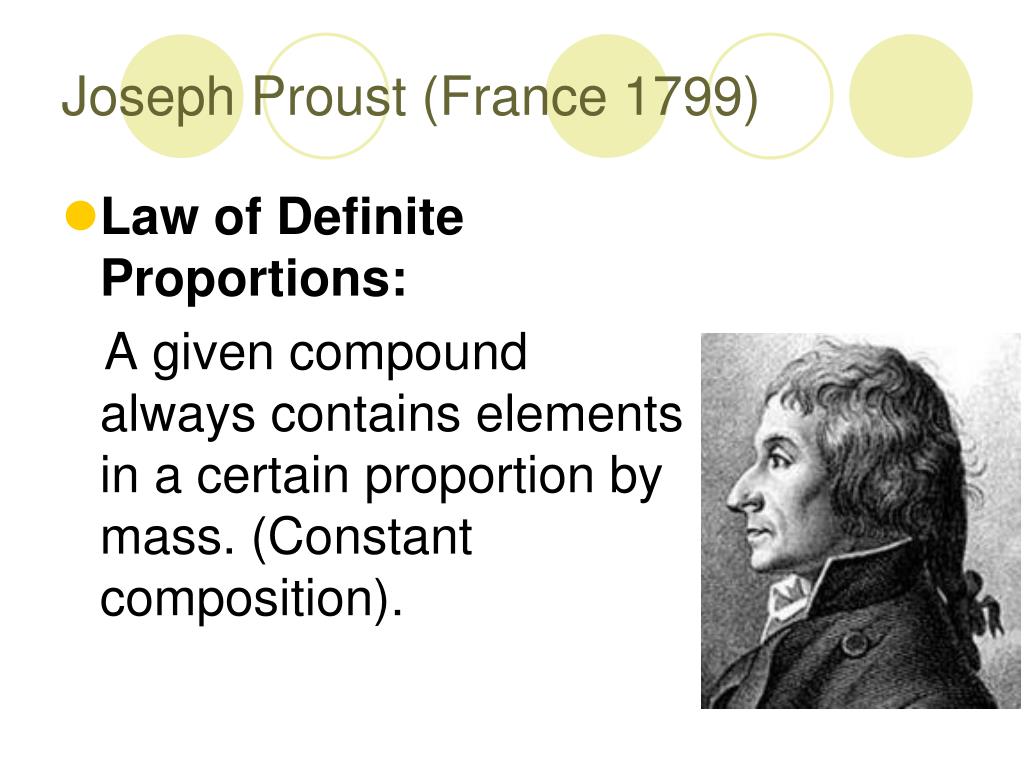
PPT Law of Definite Proportions and Law of Multiple Proportions
Joseph-Louis Proust (1754-1826) Researches on Copper excerpted from Ann. chim. 32, 26-54 (1799) [as translated and reproduced in Henry M. Leicester and Herbert S. Klickstein, A Source Book in Chemistry, 1400-1900 (Cambridge, MA: Harvard, 1952)] On Carbonate of Copper One hundred pounds of copper, dissolved in sulfuric or nitric acids and precipitated by the carbonates of soda or potash.
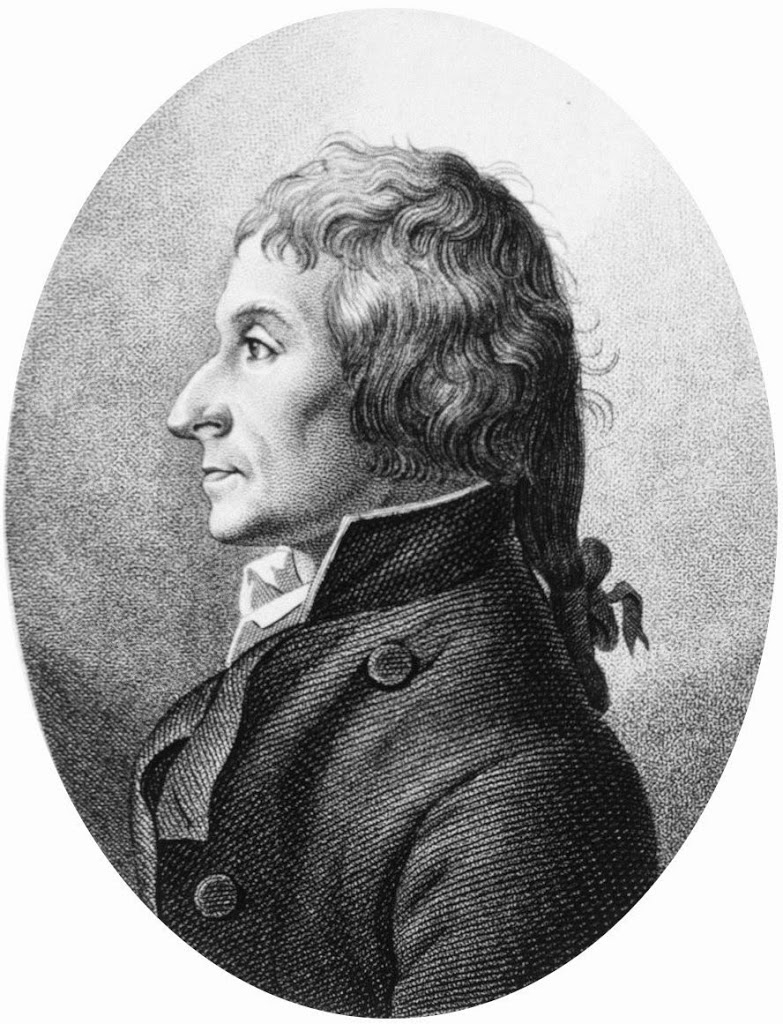
Joseph Proust and the Law of Constant Composition SciHi Blog
A few years previously, the French chemist Joseph Proust had proposed the law of definite proportions, which expressed that the elements combined to form compounds in certain well-defined proportions, rather than mixing in just any proportion; and Antoine Lavoisier proved the law of conservation of mass, which also assisted Dalton. A careful.

Biografia De Joseph Louis Proust Compuesto
Joseph Louis Proust (26 September 1754 - 5 July 1826) was a French chemist. He was best known for his discovery of the law of definite proportions in 1794, stating that chemical compounds always combine in constant proportions. [1] Life Joseph L. Proust was born on September 26, 1754, in Angers, France. His father served as an apothecary in Angers.